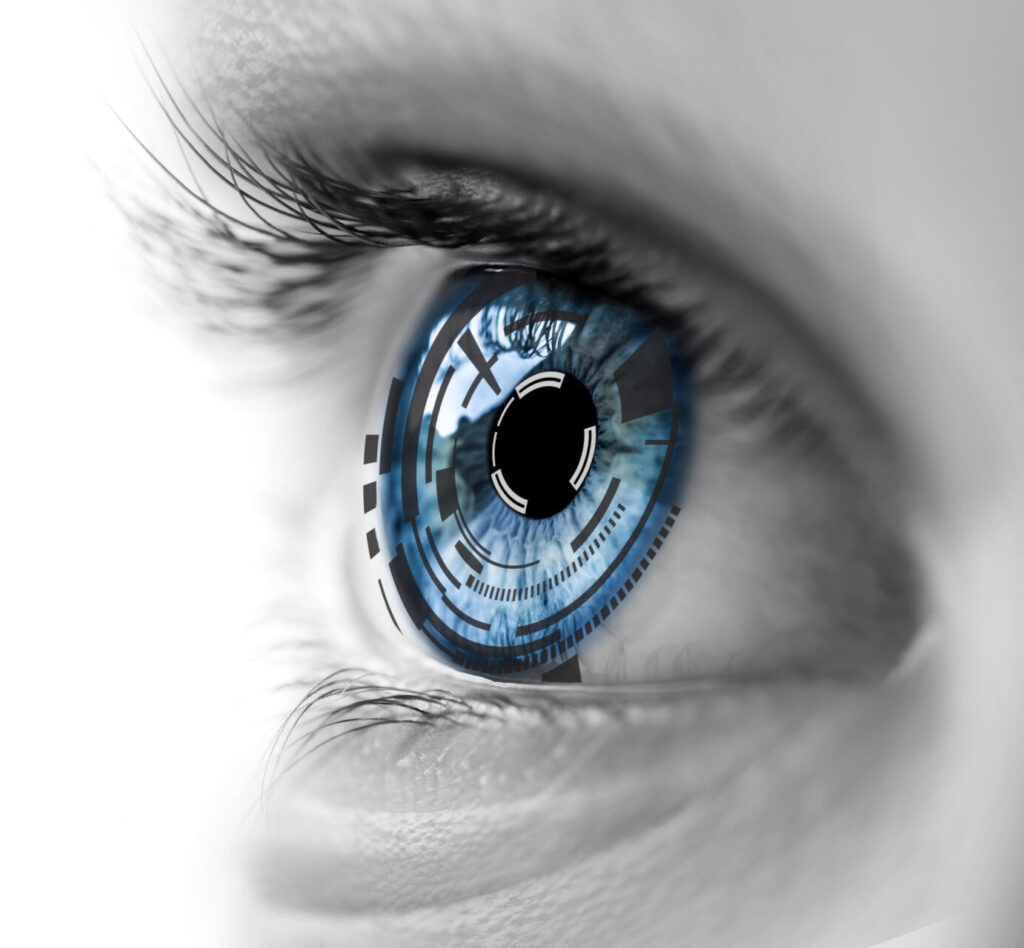When a cataract is removed, it is replaced with an intraocular lens (IOL). The options depend on your visual goals and desire to limit use of glasses. You may have other conditions that limit your IOL options. Your doctor will discuss these with you.
Surgery with standard monofocal IOL is covered by insurance. The premium lenses are never covered by insurance and require an out-of-pocket payment. Below is information about each IOL. See comparison chart and FAQs below.

Newest technology that allows the IOL power to be precisely adjusted after initial healing from cataract surgery. Requires 3-5 visits after surgery to lock in prescription. Most people do not need glasses for most activities with this IOL. May need mild reading glasses for small details.
Light rays are split between 3 different focal points (distance, intermediate, near). Most people do not need glasses for most activities. Will minimize astigmatism if present. Some people may experience rings around lights at night and require good light for reading due to decrease in contrast.
Accommodative intraocular lenses were designed to improve visual outcomes of cataract surgeries. Accommodative IOLs can provide good near vision with no compromise for distance vision by changing the refractive power of the eye through transmitting ciliary muscular contractions
Gives good distance and intermediate vison (dashboard, countertop, desktop computer). Mild reading glasses for small print at near. Minimal effect on night vision quality. Will minimize astigmatism if present.
Used to minimize astigmatism. Typical goal is to achieve best distance vison without glasses although a mild prescription may still be needed. Glasses will be required for intermediate (computer) and near vision.
Standard IOL covered by insurance. ONE focus point. Most people aim for best distance vision without glasses but a mild prescription may still be needed. Will definitely need glasses for intermediate and near. This lens will not alter astigmatism. If you are accustomed to reading at near without glasses then a near focus point can be targeted and glasses will continue to be required for distance vision.
| LENS TYPE | CAN BE ADJUSTED AFTER SURGERY | TREATS ASTIGMATISM? | COST AFTER INSURANCE* |
|---|---|---|---|
| Light Adjustable Lens (LAL) | Yes | Yes | $4,500 Per Eye |
| Multifocal Lens | No | Yes | $3,000 Per Eye |
| Expanded Depth of Focus Lens | No | Yes | $3,000 Per Eye |
| Toric Lens | No | Yes | $1,500 Per Eye |
| Monofocal Lens | No | No | $0 |
Is cataract surgery performed
differently with this lens?
No. This is a new lens, but not a new procedure.
Will I see fairly well before the adjustments
are done? Will my vision be blurry?
Vision is close to the desired endpoint, but will be fine-tuned with an individualized treatment just for your eyes.
Will I notice a change right after the adjustments? How long does it take for the change to “take?”
Most people notice the changes to their
vision immediately after treatment.
Do I have to wait until one eye is all the way
done, before I can have the second eye done?
No. They can be done fairly close together, so that you can have great vision as soon as possible.
Can adjustments be done accidentally by exposure to certain light?
LAL patients will need to wear special sunglasses until the lenses and their vision are locked at the last treatment.
Can adjustments be done if my eyesight changes after several years?
No. Once the lenses are locked they can no longer be changed.
Am I awake during the adjustment surgeries?
It’s not a surgery. It’s a painless light treatment performed in the office. You will be dilated that day, but outside of that, you can resume normal activities.
How long does it take my eyes to adapt to using three focal points?
This varies by patient. It may take 1-3 months
Is it similar to looking through progressive lens glasses?
No. The eye can focus at near, middle and distance. The lens bends light differently at specific points allowing the eye to focus at multiple distances.
Toric treats astigmatism. Monofocal does not. Is that benefit worth the cost?
Yes. It’s s big improvement for those with significant astigmatism. Compare the $3000 total for both eyes to the lifetime cost of buying prescription eyeglasses and sunglasses. Many patients can use inexpensive reading glasses for up close vision.








502 E New Haven Ave
Melbourne, FL 32901
Phone: 321-727-2020
Hours:
8:00 am – 4:30 pm – Monday – Friday
8:00 am – 11:00 am – Saturday
161 Malabar Road NE
Palm Bay, Florida 32907
Phone: (321) 727-2020
Fax: (321) 726-4061
Hours:
8:00 am – 4:30 pm – Monday – Friday
5510 Murrell Road
Melbourne, Florida 32940
Phone: (321) 727-2020
Fax: (321) 726-4061
Hours:
8:00 am – 4:30 pm – Monday – Friday
2003 N. Atlantic Avenue
Cocoa Beach, Florida 32931
Phone: (321) 727-2020
Fax: (321) 726-4061
Hours:
8:00 am – 4:30 pm – Monday – Friday
509 East New Haven Avenue
Melbourne, Florida 32901
Phone: (321) 727-2020
Fax: (321) 726-4061
Hours:
8:00 am – 4:30 pm – Monday – Friday
719 E. New Haven Ave.
Melbourne, Florida 32901
Phone: 321-984-4405
Open:
Monday – Friday
© 2025 Florida Eye Associates.